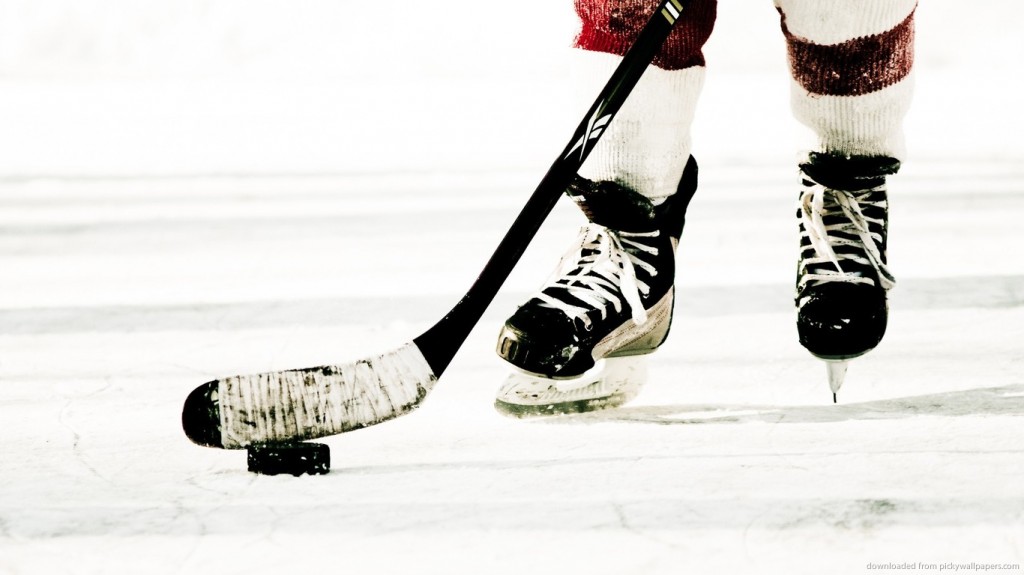On Sundays while reading the sports page or perusing through the Internet, you come across articles regarding athletes who have been injured during a sporting event, but did ever stop to think about the entertainment industry? Well, if you think about it, there are quite a few injuries that occur while on stage, or even in their off time while they were horseback riding. We compiled a list of orthopedic injuries in both the sports and entertainment genres to note that sometimes, unexpected injuries can occur, even to famous sports and entertainment legends.
Pink – During her Funhouse Tour in 2009, the famous singer-songwriter separated her shoulder while on a trapeze.
Jennifer Grey – She had back surgery in 2012 to repair a ruptured disc in her back while performing on Dancing with the Stars season finale.
Liza Minnelli – Years of dancing caught up with her and had knee replacement surgery in 2010.
Bono – U2 singer Bono underwent emergency back surgery in May 2012. His injury – Severe compression of the sciatic nerve and a serious tear in the ligament and a herniated disc.
Dana Torres – Olympic Medal Swimmer had undergone a cutting-edge procedure on her knee to repair severe arthritis in 2010.
Phil Collins – He had surgery to repair a dislocated neck vertebrae in April 2009.
Soledad O’Brien – She injured herself on a horseback riding excursion and tore out her knee and had reconstructive surgery.
Big Boi – The Rapper hurt himself in a performance at the Summer Camp Fest in Chillicothe, IL. He jumped and landed badly and had torn a patella tendon.
Peyton Manning – During the 2011 NFL season, he had neck surgery.
Lance Armstrong – He had a cycling accident in 2009 with a clavicle fracture.
Tom Brady – In the 2008 NFL season had an ACL tear.
Joe Paterno – Former football coach of Penn state had a tibial plateau fracture.
Floyd Landis – The cyclist had surgery for his hip osteonecrosis.
Frankie Hejduk – MLS player had an ACL tear repaired.
Ronald Reagan – Former President of the United States had work done for his hip fracture.
Donovan McNabb – During the 2005 NFL season, he had work done to repair his sports hernia.
Drew Brees – In the 2005 NFL season he had a shoulder dislocation.
Gwyneth Paltrow – She had broken her knee and it was discovered that she had osteopenia, a pre-cursor to osteoporosis.
Kobe Bryant – Basketball player for the Los Angeles Lakers underwent surgery to repair a torn left Achilles tendon back in April 2013.
Misty May-Treanor – Olympian and volleyball superstar underwent surgery to repair a torn Achilles tendon back in October 2008 when she injured herself while rehearsing a dance routine for the television series Dancing With The Stars.
Dr. Reed notes, “Even celebrities have orthopedic ailments. From sprains, to fractures, to arthritis no one is immune. At Orthopedic Specialists of Seattle we treat all orthopedic conditions, from the everyman to the celebrity.”


